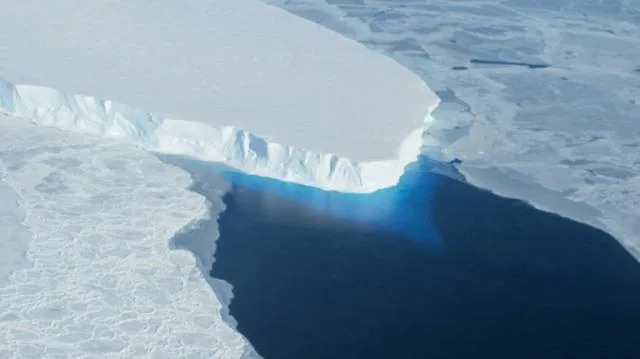Accelerated Ice Melt in West Antarctica Unstoppable, Research Suggests
The researcher used a high-resolution computer model of the Amundsen Sea.
Accelerated ice melt in west Antarctica is inevitable for the rest of the century no matter how much carbon emissions are cut, research indicates. The implications for sea level rise are “dire”, scientists say, and mean some coastal cities may have to be abandoned.
Ocean-driven melting of floating ice shelves in the Amundsen Sea is the main process controlling sea-level rise.
- The Amundsen Sea is located off the coast of West Antarctica.
About Ocean-driven melting of floating ice: It follows the following sequence
- Melting causes the retreat of the grounding line (i.e. the line where the ice first goes afloat).
- It reduces the resistance to ice flowing across the grounding line;
- faster flow near the grounding line causes more horizontal stretching leading to thinning.
- It creates steeper surface slopes which increases the stress that drives the ice forward,
- the faster flow inland causes thinning to propagate even further into the interior of the ice sheet, increasing the contribution to sea level rise.
Impact of the recent revelation
- Enormous impact on sea level: West Antarctic ice sheet, if completely lost, could contribute to sea level rise of up to 5 meters.
- Impact on coastal cities: Over a third of the global population resides within 100 kilometers of the coast, making them vulnerable to sea level rise.

